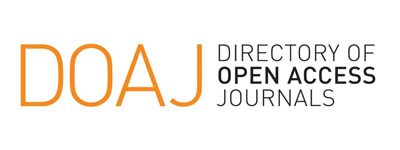APPLICATION OF CHICKEN MANURE AND SHADING ON CARROT (Daucus carota L.) GROWTH AND YIELD.
Abstract
Carrot is a highland plant that is mostly grown in monoculture and intercropping systems. There are even some were grown under / between perennial trees. However, this system causes the decline of light intensity, nutrient and water. In line with this phenomenon, a research was conducted to determine the influence of chicken manure and shading on carrot’s growth and yield.  The research was conducted in the Junggo Village, Batu city, using Split Plot Design. There were two treatments i.e: (1) as main plot, namely the percentage of shading consisting of four levels: 0 %, 20 %, 40 % and 60 %. The shading material used was black plastic net; (2) as sub plot, namely chicken manure dosage consisting of three levels: 10 tons/ha, 20 tons/ha and 30 tons/ha. The twelve treatment combinations obtained were replicated three times. The result showed that the treatment of 20 tons/ha chicken manure onto carrot grown with no shading increased the growth and yield. This treatment, however, did not show a significant difference in the growth and yield when applied to carrot grown with shading. The treatment of 20% shading, yielded a good plant growth although accompanied by the decrease in the fresh tuber weight by 14 % and the increase in beta carotene content. The application of 10 tons/ha did not show difference in the growth and yield of carrot treated with 20 tons/ha and 30 tons/ha of chicken manure.
Keywords:Â carrot, chicken manure, shade.
Issue
Section
License
Authors who publish in this journal agree to the following terms:
- Authors retain copyright and grant the journal the right of first publication with the work simultaneously licensed under a Creative Commons Attribution License that allows others to share the work with an acknowledgment of the work's authorship and initial publication in this journal.
- Authors are able to enter into separate, additional contractual arrangements for the non-exclusive distribution of the journal's published version of the work (e.g., post it to an institutional repository or publish it in a book), with an acknowledgment of its initial publication in this journal.
- Authors are permitted and encouraged to post their work online (e.g., in institutional repositories or on their website) prior to and during the submission process, as it can lead to productive exchanges, as well as earlier and greater citation of published work (See The Effect of Open Access).
- Once submitted, it is the corresponding author's responsibility to confirm and warrant the name included as an author of the work is true (shadow author is unacceptable) and that no conflict of interest occurred among the authors.












